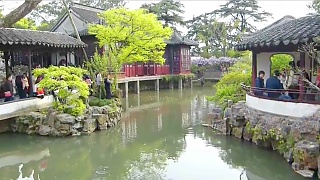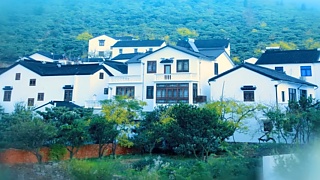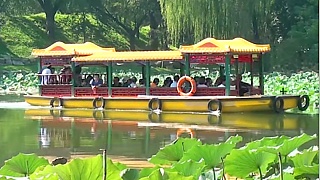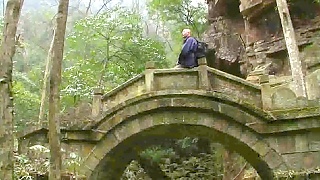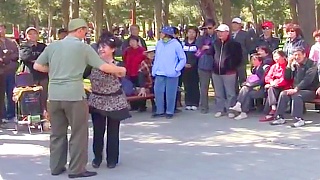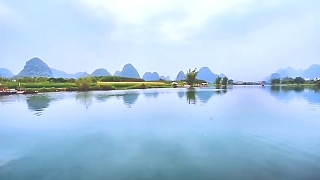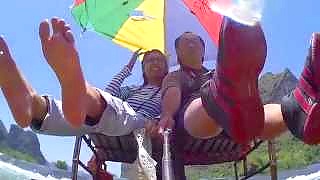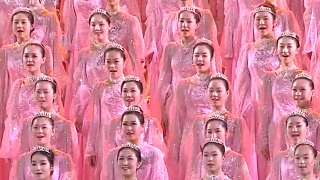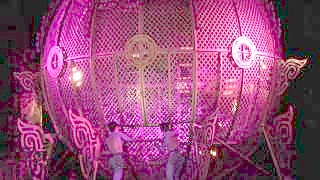JiangSu province.
With China Walking Tour ...
[640],shadow=true,start=,stop= Expand Stop |
[320],shadow=true,start=,stop= Expand Stop |
Bonus films - daytime and evening cycle tour ...
[320],shadow=true,start=,stop= Expand Stop |
[320],shadow=true,start=,stop= Expand Stop |
Bonus film - with FunFancie - great attractions in NanJing ...
[320],shadow=true,start=,stop= Expand Stop |
Nanjing, known as the Southern Capital, is one of China's most historically significant cities and a vibrant modern metropolis. Situated in the Jiangsu Province, Nanjing offers visitors a blend of rich history, cultural heritage, scenic landscapes, and modern amenities. Here's a guide to Nanjing for visitors:
Historical and Cultural Attractions: Nanjing City Wall : Explore the remnants of the ancient city wall, one of the most well-preserved in China, offering panoramic views of the city and surrounding areas.
Sun Yat-sen Mausoleum : Pay homage to Dr. Sun Yat-sen, the founding father of modern China, at his grand mausoleum located at the foot of Purple Mountain.
Confucius Temple (Fuzimiao) : Immerse yourself in traditional Chinese architecture, visit the Confucius Temple, and stroll along the Qinhuai River, known for its lively atmosphere and historic charm.
Nanjing Massacre Memorial Hall : Commemorates the victims of the Nanjing Massacre. Learn about this tragic chapter in history.
Presidential Palace : Explore the former presidential residence of China's early republican era, showcasing exhibits on Chinese history and culture.
Jiming Temple : Visit one of Nanjing's oldest temples, known for its serene atmosphere, beautiful gardens, and ancient pagodas.
Natural Beauty: Purple Mountain (Zijin Shan) : Escape the urban hustle and bustle with a visit to Purple Mountain, home to scenic hiking trails, tranquil lakes, and historical sites like the Ming Xiaoling Mausoleum.
Xuanwu Lake : Relax by the shores of Xuanwu Lake, a picturesque oasis in the heart of the city, offering boat rides, walking paths, and lush greenery.
Modern Landmarks: Nanjing Olympic Sports Center : Experience modern Nanjing at the Olympic Sports Center, home to state-of-the-art sports facilities, shopping malls, and entertainment venues.
Nanjing Eye Pedestrian Bridge : Take a leisurely stroll across the Yangtze River on the Nanjing Eye Pedestrian Bridge, offering stunning views of the city skyline.
Culinary Delights: Nanjing Salted Duck : Sample this local delicacy, known for its savory flavor and tender meat, at traditional restaurants throughout the city.
Nanjing Dumplings (Soup Dumplings) : Indulge in Nanjing's famous soup dumplings, filled with flavorful broth and served piping hot.
Practical Information: Transportation : Getting around Nanjing is easy, with an efficient public transportation system including buses, metro, and taxis.
Accommodation : Nanjing offers a range of accommodation options, from luxury hotels to budget-friendly hostels, catering to different preferences and budgets.
Language : Mandarin Chinese is the official language, but some locals may speak English, especially in tourist areas.
Nanjing's blend of historical significance, natural beauty, cultural richness, and modernity makes it a compelling destination for travelers seeking a diverse and immersive experience in China.

 MoChou Lake park, XuanWu Lake park and JiMing Temple, NanJing
MoChou Lake park, XuanWu Lake park and JiMing Temple, NanJing

















